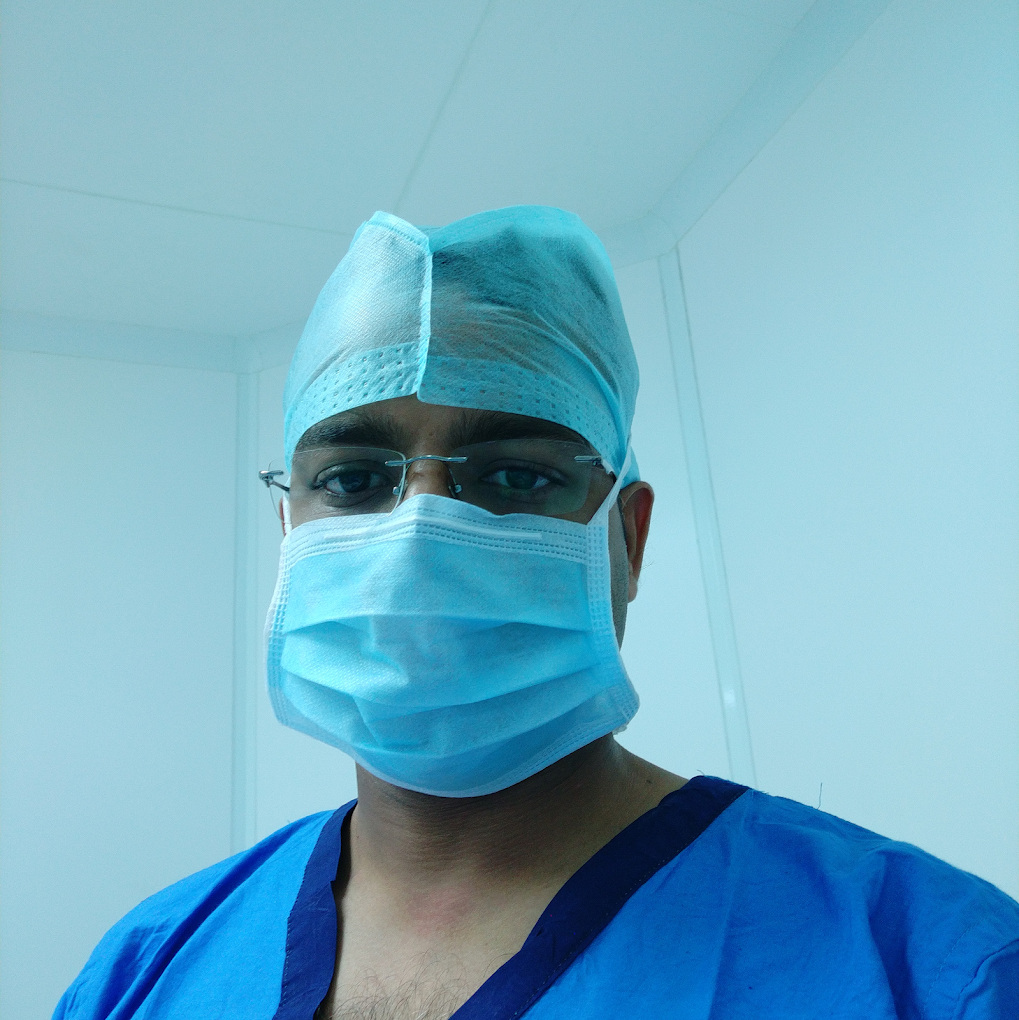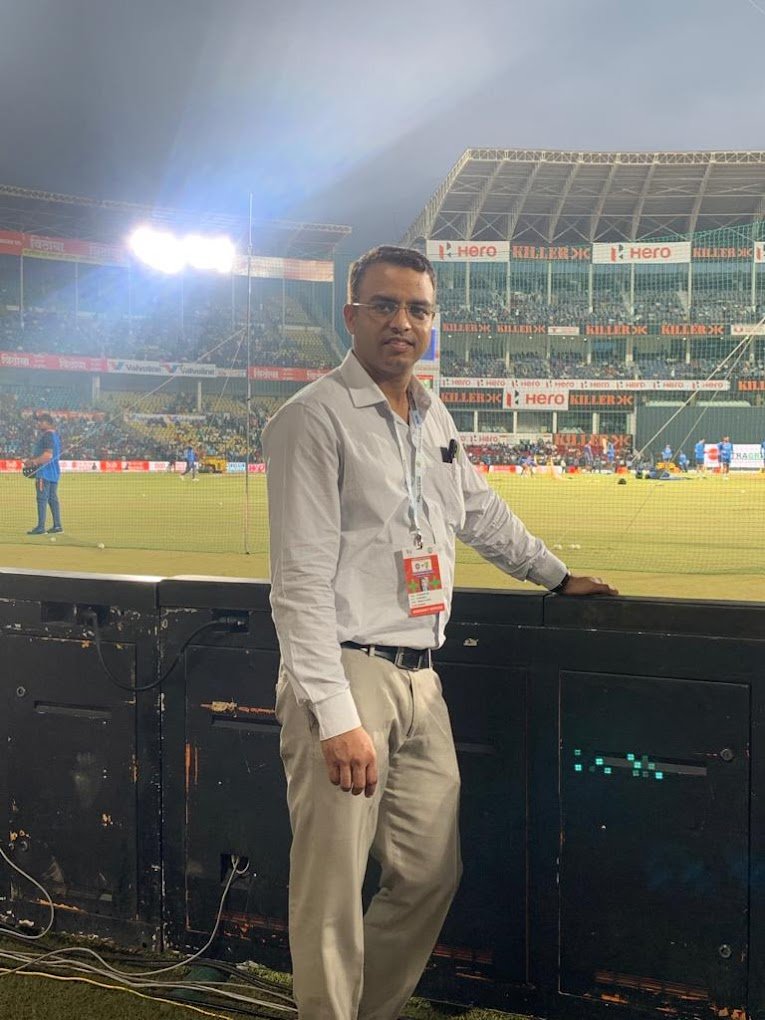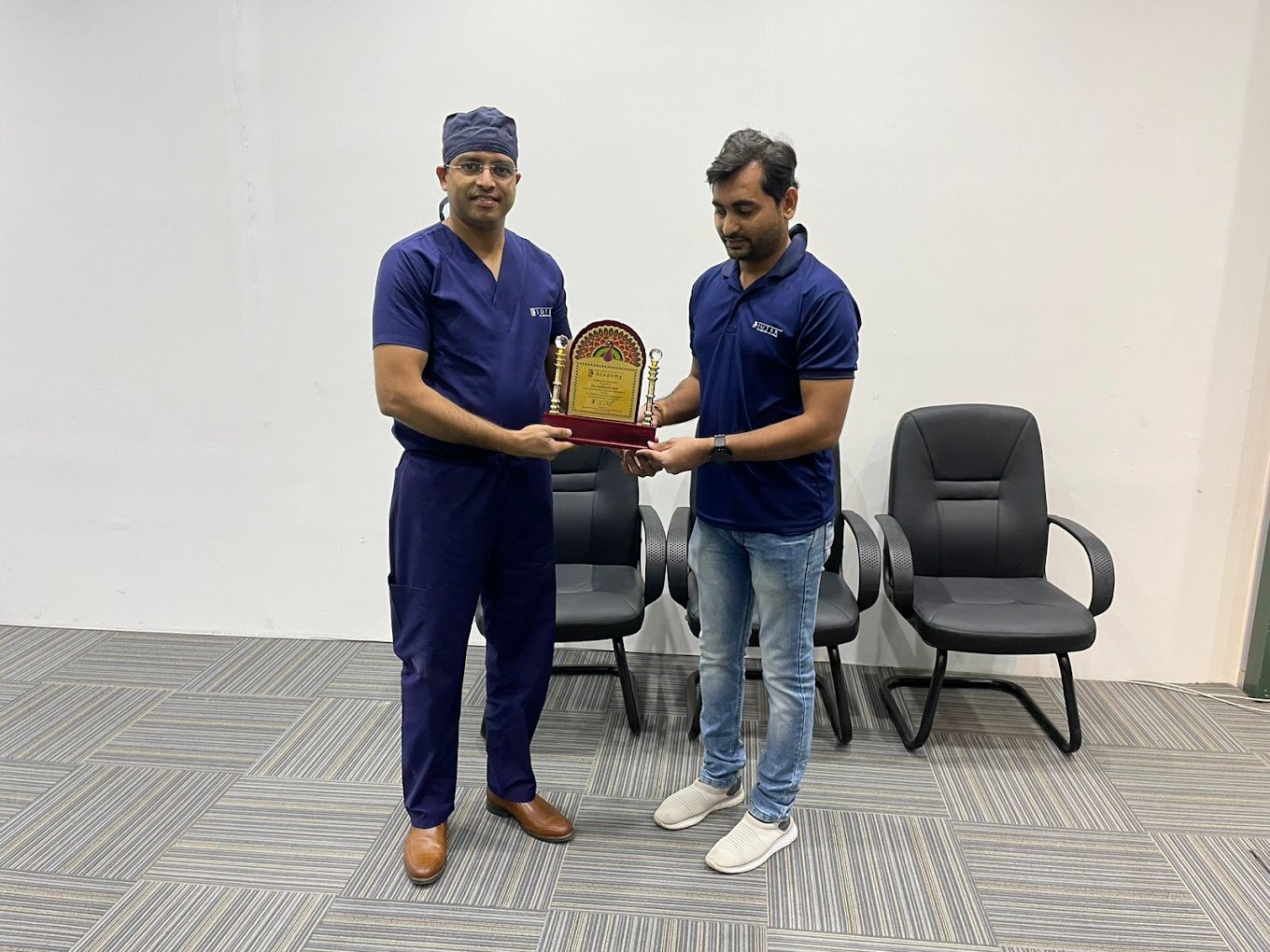SPORT INJURY
Sports injuries encompass a wide range of conditions that occur during or as a result of athletic activities. These injuries can affect various parts of the body, including muscles, tendons, ligaments, bones, and joints. The severity and type of sports injury can vary, ranging from minor sprains and strains to more serious fractures or ligament tears.
Procedure
Procedures for Sports Injury Management:
Rest, Ice, Compression, Elevation (R.I.C.E.) :-
- Procedure: This is a basic method used for the initial management of many acute sports injuries. It involves rest to prevent further damage, applying ice to reduce swelling, using compression to limit inflammation, and elevating the injured area to minimize swelling.
Physical Therapy :-
- Procedure: Rehabilitation exercises and therapies are designed to restore strength, flexibility, and function to the injured area. Physical therapists use various techniques such as stretches, exercises, and manual therapy to aid recovery.
Medication :-
- Procedure :- Depending on the type and severity of the injury, medications such as pain relievers, anti-inflammatory drugs, or muscle relaxants may be prescribed to manage pain and inflammation.
Bracing or Splinting:
- Procedure :- Supportive devices like braces or splints may be used to stabilize and protect the injured area during the healing process.
Casting or Immobilization:
- Procedure :- In cases of fractures or severe ligament injuries, casting or immobilization may be necessary to ensure proper healing and prevent further damage.
Injection Therapies:
- Procedure :- Injections, such as corticosteroids or platelet-rich plasma (PRP), may be used to reduce inflammation and promote healing in specific cases.
Surgery:
- Procedure :- For certain injuries, surgical intervention may be required. Procedures can include arthroscopy for joint injuries, ligament repair or reconstruction, fracture fixation, and more.
Indications for Sports Injury Management
Acute Injuries :-
- Indications :- Immediate management is often necessary for acute injuries such as sprains, strains, fractures, and dislocations.
Overuse or Chronic Injuries :-
- Indications :- Conditions like tendinitis, stress fractures, or chronic joint pain may require management to prevent worsening and promote recovery.
Rehabilitation After Surgery :-
- Indications :- Post-surgical rehabilitation is crucial to optimize recovery and restore functionality.
Inflammatory Conditions :-
- Indications :- Conditions involving inflammation, such as bursitis or synovitis, may require anti-inflammatory measures.
Traumatic Injuries :-
- Indications :- Traumatic injuries, including those resulting from falls, collisions, or high-impact sports, may require immediate attention and intervention.
Advantages of Sports Injury Management
Prompt Healing :-
- Early intervention and appropriate management can facilitate prompt healing and minimize the risk of complications.
Pain Relief :-
- Effective management can provide pain relief, enhancing the individual’s comfort during the recovery process.
Functional Restoration:
- Rehabilitation and targeted exercises aim to restore normal function and mobility to the injured area.
Prevention of Long-Term Damage :-
- Timely and appropriate management can prevent the development of chronic conditions and long-term damage.
Prevention of Recurrence :-
- Rehabilitation programs often include exercises and strategies to reduce the risk of recurrent injuries.








